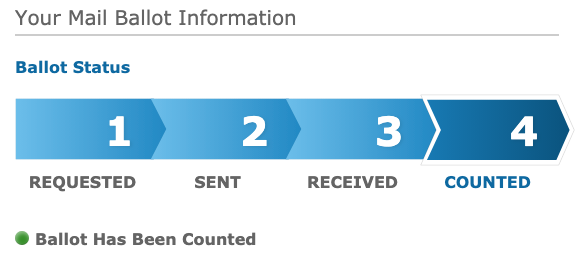
The Ws and H, are six questions to answer in information gathering for journalism research, and investigations. The facts formula.
What is the purpose of disseminating this content? Does the presentation of the material clarify or improve the audience's understanding? Is there a question of public policy, community benefit or social importance? Is the use of this material the best way to tell the story? How to justify your decision? Are you ready to explain the reasoning to your audience? How might this material be used later? Do you plan to use the material in promos, and social positions? When to notify to your audience, warning them that they are about to see or hear questionable content? How much detail should the warning provide? Under what circumstances are bodies of victims of accidents or crimes displayed? How much detail is needed to convey the look of the story? Do you cross the line to attract the desire of the spectators? How can you tell the story accurately respecting the rights and privacy of victims or their families? Do the images add to the perception that an area is violent or unsafe? Can you discuss the pros and cons with a diverse group? Would you be willing to include everyone in that discussion, as you are more likely to be representative of your audience? Should you also call others who may be able to give you a view of a stranger and perhaps a media ethics expert who can help with talking points? When covering live events that change quickly, have you taken enough precautions to prevent inappropriate images and sound from being emitted? Is anyone else available to help decide what and how are they used? Have crews been taught to stay out of the picture during transmissions?
¿Cuál es el propósito periodístico detrás de la difusión del contenido? ¿La presentación del material aclara o mejora la comprensión de la audiencia? ¿Existe una cuestión de gran importancia pública, como la política pública, el beneficio comunitario o la importancia social? ¿Es el uso de este material la única manera de contar la historia? ¿cómo justificaría su decisión? ¿Está preparado para platicar su razonamiento a su audiencia? Si no, ¿por qué no? ¿Cuándo es lo suficientemente importante para justificar la reproducción de material gráfico? ¿Cómo se utilizará el material más tarde? ¿Tiene discusiones sobre cómo usar el material en promos, y puestos sociales? ¿Cuándo es un aviso a la audiencia garantizado, advirtiéndoles que están a punto de ver o escuchar contenido gráfico? ¿Cuánto detalle debe proporcionar la advertencia? ¿En qué circunstancias se muestran cuerpos de víctimas de accidentes o delitos? ¿Cuánto detalle es necesario para transmitir el aspecto de la historia? ¿Cuándo cruzas la línea para atraer el deseo de los espectadores? ¿Cómo puedes contar la historia con exactitud respetando los derechos y la privacidad de las víctimas o sus familias? ¿Las imágenes que está usando agregan a la percepción de que un área es violenta o insegura? ¿puede discutir los pros y los contras con un grupo diverso en su organización? ¿Estaría dispuesto a incluir a todos en esa discusión, ya que es más probable que sean representativos de su audiencia? ¿Debería usted también llamar a otros que puedan ser capaces de darle un punto de vista de un extraño tal vez un experto en ética de los medios de comunicación que puede ayudar con puntos de discusión? Cuando cubra eventos en vivo que podrían cambiar rápidamente, ¿ha tomado las precauciones suficientes para evitar que las imágenes y el sonido inadecuados se emitan? ¿Hay alguien más disponible para colaborar en la decisión de qué y cómo se usan? ¿Se han pensado las tripulaciones para que se mantuvieran al margen de las tomas en vivo?